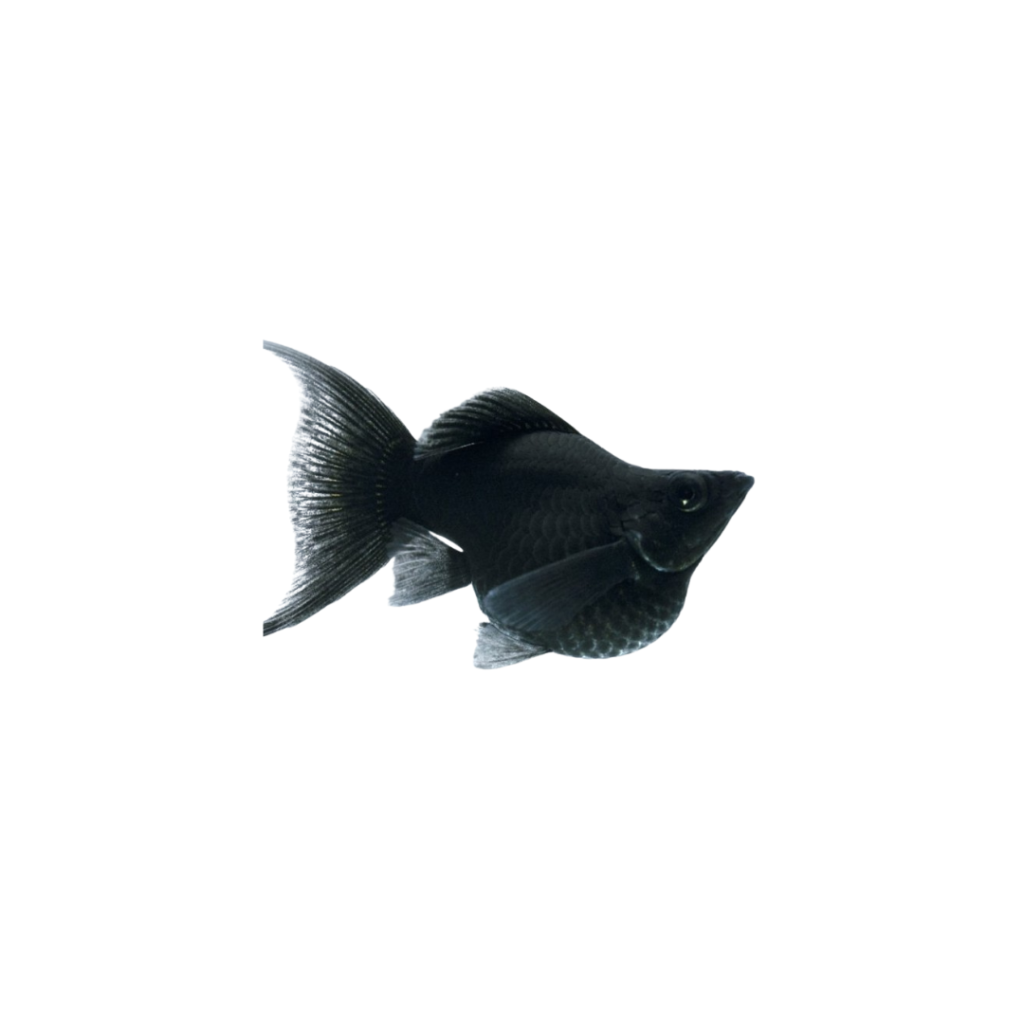No products in the cart.
Blue Polar Cichlid
Haplochromis sp

Description
The Blue Polar Cichlid is a stunning, striking species of cichlid that is often admired for its vibrant blue coloration. These cichlids are characterized by their bright, icy-blue bodies with an almost iridescent shine that reflects light beautifully. Their blue coloration can range from light, almost silvery blues to deeper, more intense shades, with some individuals having darker or lighter hues on their dorsal fins and tail. Some Blue Polar Cichlids may also exhibit subtle patterns or markings on their body, especially during certain stages of maturity or when displaying aggression.
Habitat Origin
Native to various regions in Africa, particularly from Lake Tanganyika and other freshwater environments where species from the Haplochromis genus are commonly found. In its natural habitat, this species would be accustomed to rocky, often more alkaline water with moderate to strong currents. The Blue Polar Cichlid is typically found in deeper waters, where it can shelter in crevices or caves among rocks.
Aquarium
Ideal Number in Aquarium: Best kept in pairs or small groups, but it is essential to provide ample hiding places and territories to minimize aggression, especially if more than one male is present.
Favorite Food

The Blue Polar Cichlid is an omnivore, feeding on a variety of foods. They can be fed high-quality pellets, flake food, and cichlid-specific foods. In the wild, their diet consists of smaller fish, invertebrates, and plant matter, so they also enjoy live or frozen foods such as brine shrimp, bloodworms, daphnia, and mysis shrimp. Supplementing their diet with spirulina, blanched vegetables, or algae wafers can provide the necessary plant matter for a balanced diet.
Behavior:
The Blue Polar Cichlid is moderately aggressive, particularly during breeding seasons or when defending its territory. They are active swimmers and prefer an aquarium with plenty of hiding spots, such as rocks, caves, and driftwood. While they are territorial, they can coexist with other species if enough space is provided and the tank is structured to allow for escape routes or safe zones. When kept with other species, it’s best to avoid placing them with overly peaceful or small fish that may be intimidated or harassed by their territorial nature.
Special Care:
The Blue Polar Cichlid requires clean, well-filtered water with stable parameters, as they are sensitive to poor water quality. They prefer slightly alkaline water and benefit from regular water changes to maintain optimal conditions. Providing plenty of hiding spots in the form of rocks, caves, or plants will help them feel secure and reduce aggression.
Compatibility with Other Fish:
The Blue Polar Cichlid can be kept with other moderately aggressive cichlids or species that can tolerate its territorial nature. It’s best to avoid keeping them with small, slow-moving, or overly peaceful species that may become targets for aggression. Some compatible tankmates might include other cichlids that are not overly territorial, larger tetras, catfish like Corydoras or Plecostomus, and barbs.
Breeding Tank Setup
A separate breeding tank is strongly recommended for Blue Polar Cichlids to ensure safety for the fry and better water control. A tank of at least 100 liters (26 gallons) is ideal, giving ample room for both the breeding pair and their future offspring. Maintain a pH of 7.0–8.0, temperature between 24–28°C, and water hardness around 6–12 dGH. Use a strong external or canister filter for water quality, supported by a sponge filter to protect fry. Provide sand or fine gravel as substrate, with flat rocks or ceramic caves for spawning, and hardy plants like Java fern for shelter.
Conditioning for Breeding
To prepare Blue Polar Cichlids for breeding, feed them a high-quality, protein-rich diet. Suitable options include live or frozen bloodworms, brine shrimp, daphnia, pellets, and blanched vegetables. Routine weekly water changes (20–30%) help stimulate breeding, and a slight temperature increase to 28°C can trigger spawning behavior. Proper conditioning ensures egg health and stronger parental responses during the breeding cycle.
Spawning Process
Breeding begins when the male courts the female by displaying brighter colors and energetic movement. Once the female is ready, she lays eggs on flat surfaces, which the male fertilizes right after. A healthy female can lay between 100 to 500 eggs. Initially, leave the parent pair to guard and fan the eggs. However, after hatching (4–7 days), the parents should be removed if they show signs of aggression or fry predation to ensure the survival of the young.
Fry Care & Feeding
The fry will hatch in 4–7 days and become free-swimming shortly after. Begin feeding with infusoria, liquid fry food, or crushed pellets. After one to two weeks, introduce baby brine shrimp or finely crushed cichlid pellets to support growth. Maintain water quality with gentle, regular changes (10–15% every 2–3 days) and keep the temperature stable. Use a sponge filter and provide plenty of hiding spots to help reduce fry stress and promote healthy development.
Additional Notes on Breeding
Blue Polar Cichlids typically reach breeding maturity at 8–12 months. Males are usually more colorful and slender, with longer fins, while females are larger and rounder, especially during egg production. To prevent stress, avoid overcrowding and sudden shifts in water parameters. Maintain stable conditions and remove aggressive tankmates. A peaceful environment significantly boosts the success rate of breeding and the health of both the parents and the fry.
